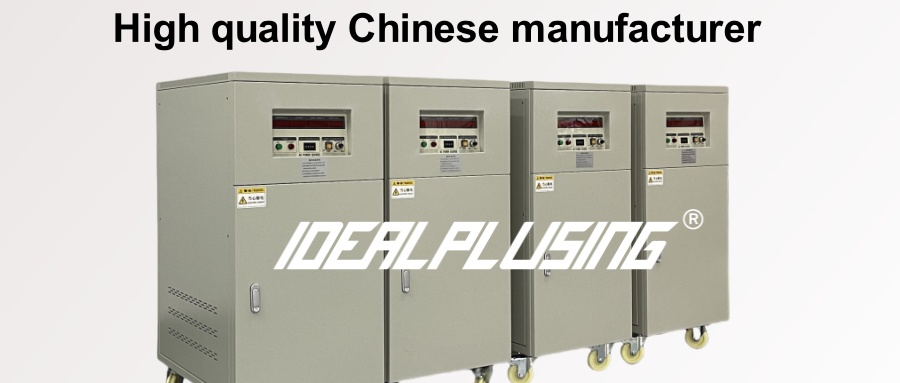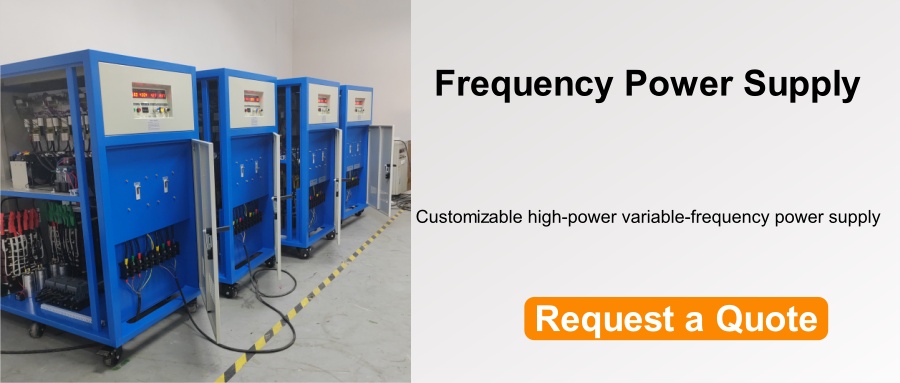
A conversion frequency power supply is a power supply that converts the main current from alternating current to direct current and produces a pure sine wave. The output frequency and voltage can be adjusted within a certain range. Although frequency-shifting power supplies are widely used in electronic devices in industrial production and daily life, their complex design and multi-step processing can easily cause performance malfunctions and other problems have occurred. This article will detail the possible misuse of the variable frequency power supply and how to deal with it.
First, the variable frequency power supply can experience overload faults when used incorrectly. Overload refers to the condition where the output current of the power supply exceeds the rated current. If the current load exceeds the tolerance, it will cause device overheating, short circuits and other failures. The procedure is as follows:
1. Check the load current and confirm if it exceeds the rated value. If the rating is exceeded, consider increasing the power supply or reducing the load.
2. Make sure the load is evenly distributed. If the load is unevenly distributed, you can try changing the distribution.
3. Use appropriate protective devices such as fuses or circuit breakers to prevent overloads.
Second, if the variable frequency power supply encounters a short circuit fault. Generally, a short circuit refers to the connection between the positive and negative wires or between the positive and negative poles and ground, causing abnormally high voltage, damage to the equipment, . and it can even catch fire The main strategies used in this case are as follows:
1. Disconnect the power supply and check that the circuit connection is good. If the wire on the short circuit turns out to be loose, it should be reconnected.
2. Check for a short circuit caused by abnormal components in the unit. If foreign matter enters the trap, remove it in time.
3. Disconnect power immediately with protective devices such as thermal isolators and fuses to prevent short circuit hazards.

In addition, frequency-varying power supplies may also be subject to overheating errors. Overheating refers to the phenomenon in which the temperature of a power supply increases due to non-destructive heat or ambient overheating during operation. The procedure is as follows:
1. Verify that the power radiator can operate normally If the radiator is blocked, clear the blockage to dissipate the heat.
2. Check that the fan in the power unit is operating normally. If the fan breaks, replace it on time.
Finally, variable frequency power supplies can suffer from voltage instability faults. Voltage instability refers to a condition in which the output voltage fluctuates excessively or frequently, which can lead to device malfunctions or abnormal results. The procedure is as follows:
1. Make sure the input voltage is stable If the input voltage is not stable enough, you can use a voltage stabilizing device.
2. Check if the voltage regulating device in the equipment is damaged, replace it in time.
3. Install the electrical system sensibly and avoid the use of long cables and multiple sockets to reduce wire resistance and improve robustness.
In summary, variable frequency power supplies can experience a variety of faults during malfunction, including overload, short circuit, overheating, and voltage instability. In response to these problems, we can adopt the corresponding treatment strategies according to the specific situation to ensure safe and stable operation of frequency-shifting power supplies and to prevent equipment damage and personal safety accident edge.







